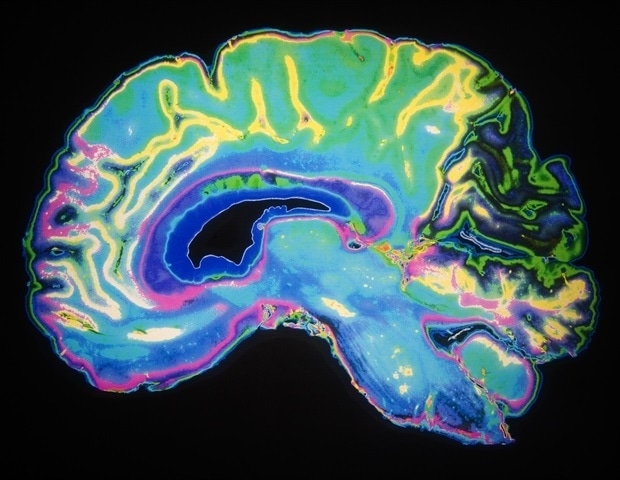
DULUTH — Proposed changes to federal Medicaid funding could result in $880 billion in cuts over 10 years. During a Sunday "Face the Nation" interview on CBS, House Budget Committee Chairman Rep. Jodey Arrington, a Republican from Texas, said the proposed cuts would “reorient the system” by reducing a $2 trillion annual debt to gross domestic product, which is anticipated to double over the next decade.
ADVERTISEMENT Minnesota is looking at an estimated loss of up to $1.6 billion annually if the Medicaid reductions take effect. Also known as Medical Assistance in Minnesota, Medicaid provides coverage to 1.

3 million residents for preventative care, maternal health, chronic disease treatment and long-term care. At Essentia Health in Duluth, approximately 15%-18% of monthly patients use Medicaid. Combined with Medicare, more than 60% of the health system’s patients are covered by government insurance programs.
Panelists discussed the potential impacts of proposed federal health care cuts to the local community during a roundtable at Essentia Health-St. Mary’s Medical Center on Friday. The event was part of an ongoing statewide series featuring state Medicaid and health care leaders, providers and advocates.
Rising insurance premiums, increased medical debt and longer wait times for patients to receive care were among the top concerns of those speaking. Other federal changes are also placing additional pressures on health care providers across the state, as Minnesota Department of Commerce Deputy Commissioner of Insurance Julia Dreier pointed out. Examples included the increased cost of medical supplies due to tariffs and staffing challenges at nursing homes and home health companies due to changes in immigration policies.
ADVERTISEMENT Earlier this week, the state removed about $226 million from the Department of Health for pandemic-related expenditures. The enhanced advanced premium tax credits extended through 2025 by the Inflation Reduction Act are also set to expire, resulting in higher premium costs and loss of coverage. Minnesota has a state supervised county administer human services system, where counties serve as the eligibility arm for administering state and federal programs in providing health care services and working with providers.
Community and Human Services Director Linnea Mirsch said that St. Louis County is closely monitoring the state and the federal budget situation. Medicaid accounts for $764 million in annual county expenditures, according to Mirsch.
In 2023, 25% of county residents were covered by Medical Assistance, ranging from prenatal family home visiting, care coordination for seniors, and disability programs to behavioral health. Roughly 20% of women delivering babies at Essentia receive a Medicaid benefit, in addition to half of all children in northern Minnesota, said Michael Kassing, an OB-GYN at Essentia Health. Medicaid pays for over half of all substance use disorder treatments in the state, according to Jeremy Drucker, Minnesota’s director of the Office of Addiction and Recovery.
Mirsch added that Medical Assistance is projected to cover more than 20% of mental health and substance use treatment in the county. ADVERTISEMENT “In 2024, we're actually projecting a 37% decrease (in overdose deaths) from those peak numbers in 2022,” Drucker said. “It's really disheartening to see that as we're starting to make progress on some of these really intransigent issues, that we might start losing some of that funding.
” Director of Quality Assurance Melissa Winkler said the majority of families served at Northwood Children’s Services and throughout its children's mental health continuum rely on Medicaid to access intensive mental health care. Cuts to Medicaid funding may lead to further closures or reduction of staff at hospitals, clinics and other healthcare facilities, Dreier predicted. “If we take that investment out of communities, or reduce it, that also poses a huge challenge — not only to the providers, but to the broader local economy,” said John Connolly, state Medicaid director and deputy commissioner for the Minnesota Department of Human Services.
Ultimately, Medicare cuts result in job loss across the state — particularly in rural areas where the health care industry is a major employer, Dreier said. Rural hospitals face an inflection point as 363 are already at an immediate risk of closure due to financial challenges, according to information provided by Essentia Health. Essentia's footprint is considered to be 84% rural.
On average, Medicare and Medicaid reimburse about 70% of the cost of care for the health system. “For our more northern, smaller towns and communities, it's very hard to imagine less access,” Mirsch said. ADVERTISEMENT To maintain the current standard of health care in the case of Medicare cuts, Dreier said the state government would need to fill in the gap by potentially increasing taxes or making cuts to other programs.
“These cuts obviously impact more than just the individuals who currently are enrolled in Medicaid,” Dreier said. “Medicaid helps to create a stable healthcare marketplace overall. So even real or threatened cuts to Medicaid make the health care that Minnesotans rely on more expensive and unstable and uncertain.
”.















